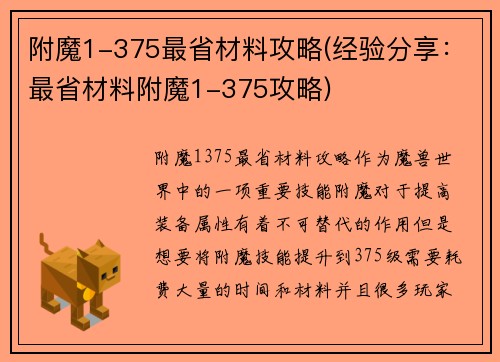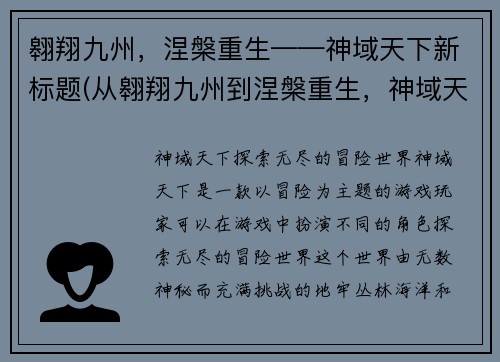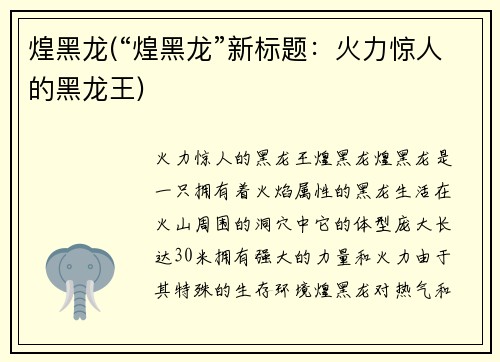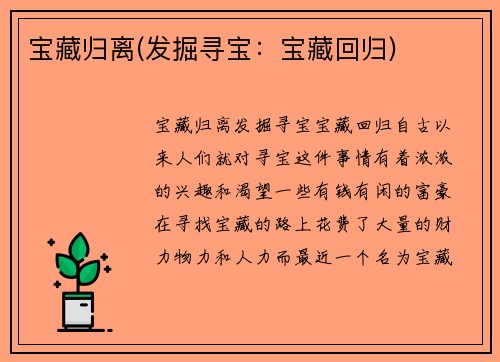设备
首页 / Our Projects /plasticity(Exploring the Adaptable Nature of Plasticity in Games)plasticity(Exploring the Adaptable Nature of Plasticity in Games)
Plasticity(Exploring the Adaptable Nature of Plasticity in Games)
Plasticity is a term used in neuroscience to describe the brain's ability to adapt and change in response to new experiences. In games, plasticity refers to the game's ability to adapt and change in response to player input. In this article, we will explore the adaptable nature of plasticity in games and how it contributes to an engaging gameplay experience.
bevictor伟德官网Adapting to Player Input
One of the key components of plasticity in games is the game's ability to adapt to player input. This means that the game can adjust its gameplay mechanics, difficulty level, and other factors based on the player's actions and decisions. For example, if a player repeatedly fails at a certain level, the game can adjust the difficulty level to make it easier, or provide hints or assistance to help the player progress. This adaptability helps to create a more personalized gameplay experience for the player and keeps them engaged.
Changing Environments
Another way that plasticity is often used in games is by creating environments that change in response to player actions. These changes can be subtle, such as the weather changing in an open-world game, or more significant, such as a building collapsing after a large-scale battle. By creating environments that evolve and change based on the players' actions, the game can create a more immersive and dynamic experience.
Dynamic Storylines
Plasticity can also be applied to the storytelling aspect of games. By allowing the player to make choices that affect the game's story and outcome, the game can create a dynamic and ever-evolving storyline. This can be seen in games like The Witcher, where the player's decisions can lead to several different endings and outcomes. This feature not only provides a more engaging gameplay experience, but it also adds replay value to the game.
Real-Time Learning
With the advancements in artificial intelligence, games are now able to use machine learning algorithms to improve the game's responsiveness to player input. This means that as the player interacts with the game, the game's algorithms learn and adapt to the player's behavior, creating a more personalized and challenging experience. This type of real-time learning is becoming increasingly popular in games like Hearthstone and League of Legends, where the game's algorithms can anticipate the player's moves and provide stronger, more strategic opponents.

Conclusion
Plasticity is a powerful tool in game development, allowing games to adapt to player input and create a more personalized and immersive gameplay experience. By creating environments that change, dynamic storylines, and utilizing real-time learning, games can keep players engaged and motivated to continue playing. As machine learning and other technologies continue to advance, we can expect to see even more ways that plasticity will be used in game development in the future.
搜索
最新内容

附魔1-375最省材料攻略(经验分享:最省材料附魔1-375攻略)

翱翔九州,涅槃重生——神域天下新标题(从翱翔九州到涅槃重生,神域天下再启新篇章)

煌黑龙(“煌黑龙”新标题:火力惊人的黑龙王)

攻略:失落遗迹的全面指南(深度解析:失落遗迹的每一个细节都在这里)

宝藏归离(发掘寻宝:宝藏回归)

后羿最强出装(后羿出装攻略,助你成为顶尖射手!)